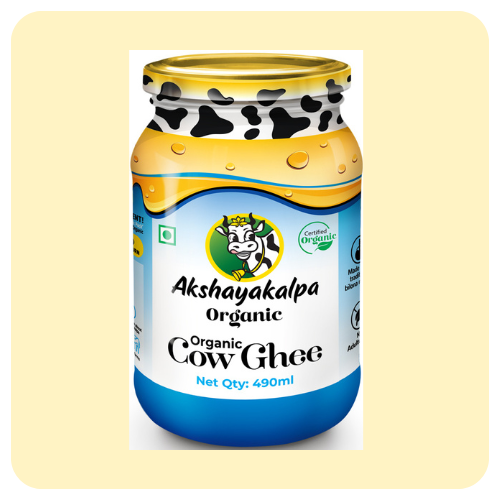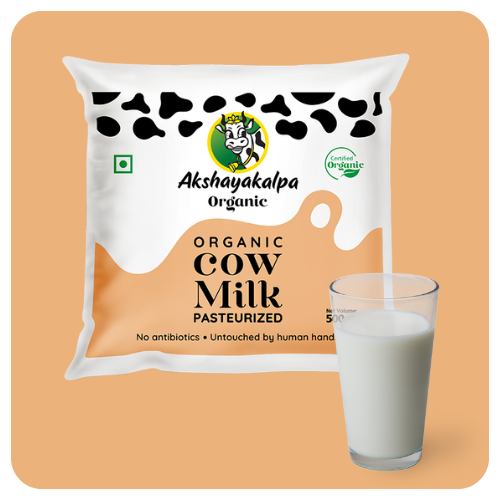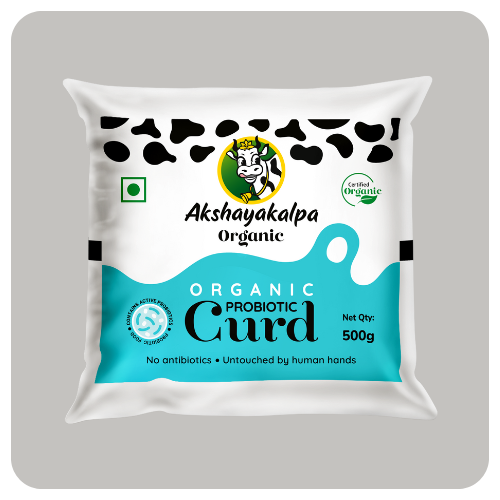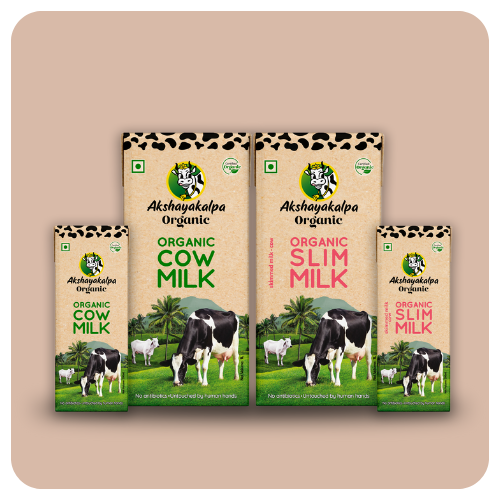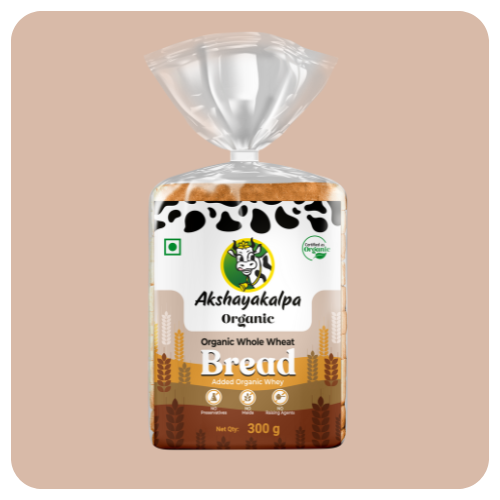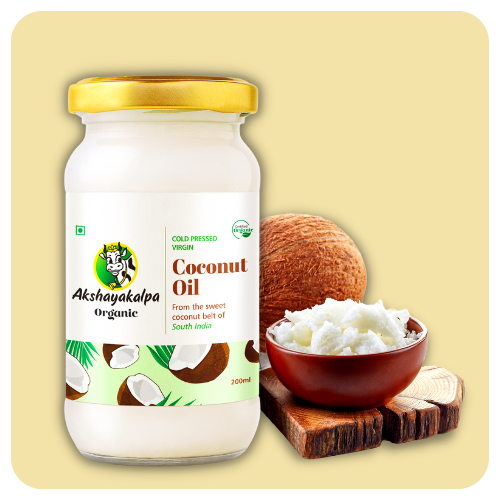Navigating Lactose Sensitivity: The Curious Case of Curd
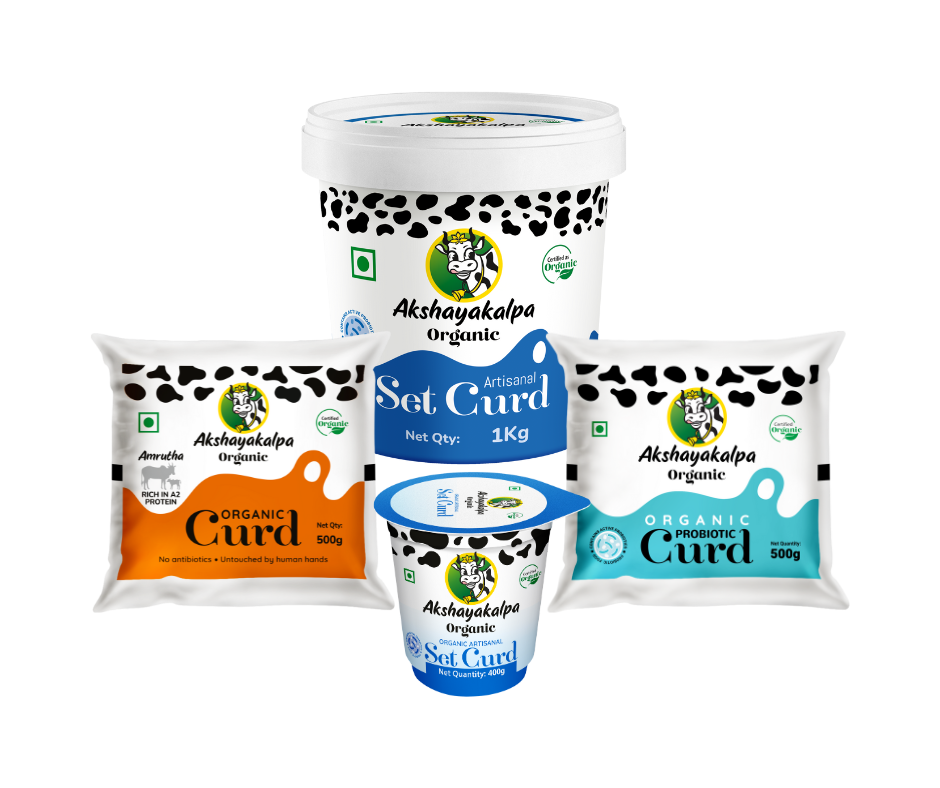
Lactose sensitivity is a prevalent dietary concern affecting a significant portion of the population. According to a study, almost 68% of the world’s population has lactose. (1)
Lactose sensitivity, often confused with lactose intolerance, is a condition where some people experience digestive discomfort after consuming lactose, a naturally-occurring sugar found in milk and dairy products. Common symptoms include bloating, gas, and stomach cramps that occur due to the body’s inadequate production of lactase, the enzyme responsible for breaking down lactose.
One dairy product that often raises questions in the context of lactose sensitivity is curd.
The fermentation process involved in making curd is said to reduce the lactose content, making curd generally more digestible for people with lactose sensitivity compared to fresh milk.
Here are key points to consider regarding curd and its role in navigating lactose sensitivity:
1. Reduced Lactose Content: The fermentation process significantly reduces the lactose content in curd. As a result, many people with lactose sensitivity find that they can tolerate curd better than other dairy products.
2. Probiotics and Digestive Health: Curd is rich in probiotics, which are beneficial bacteria that support digestive health. Probiotics can aid in the digestion of lactose and may contribute to a healthier gut environment. For some people with lactose sensitivity, the presence of probiotics in curd can make it a more digestible dairy option.
3. Variability in Tolerance: It’s essential to note that the level of lactose sensitivity varies from person to person. While some may find relief in consuming curd, others may still experience discomfort. It is advisable for people with lactose sensitivity to observe their body’s response and adjust their dairy consumption accordingly.
4. Choosing the right curd and a comfortable way to eat it: Opt for curd with active live cultures as they contain higher levels of beneficial bacteria that aid in lactose digestion. Introduce curd into the diet gradually to gauge personal tolerance levels. Start with small portions and observe how the body responds. Enjoy curd with foods that are naturally low in lactose. Adding fresh fruits or incorporating it into smoothies can make digestion more comfortable.
Akshayakalpa Organic curd, crafted using organic milk from cows living on organic farms, is a lusciously creamy delight, making it a potential choice for those with lactose sensitivity, while still offering the wholesome goodness of probiotics and fresh organic milk.
While organic curd may offer a wide gamut of benefits to its consumers, it is essential for those with lactose sensitivity to approach the inclusion of curd cautiously, monitor their body’s response, and make informed choices that align with their digestive comfort.
To choose from our wide range of organic curds, download the Akshayakalpa app today!
Resources:
(1) https://www.niddk.nih.gov/health-information/digestive-diseases/lactose-intolerance/definition facts#:~:text=Experts%20estimate%20that%20about%2068,world’s%20population%20has%20lactose%20malabsorption.&text=Lactose%20malabsorption%20is%20more%20common,most%20people%20have%20lactose%20malabsorption.
